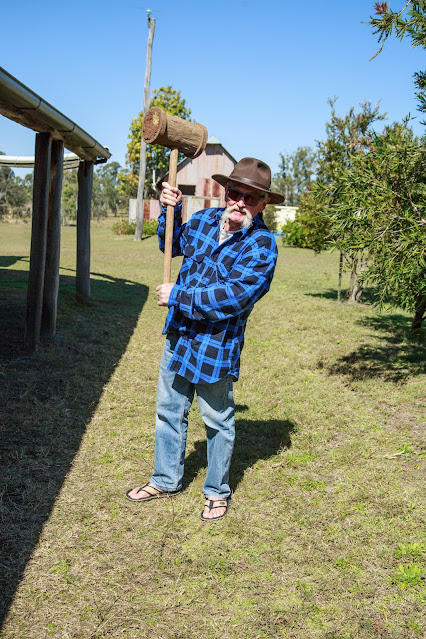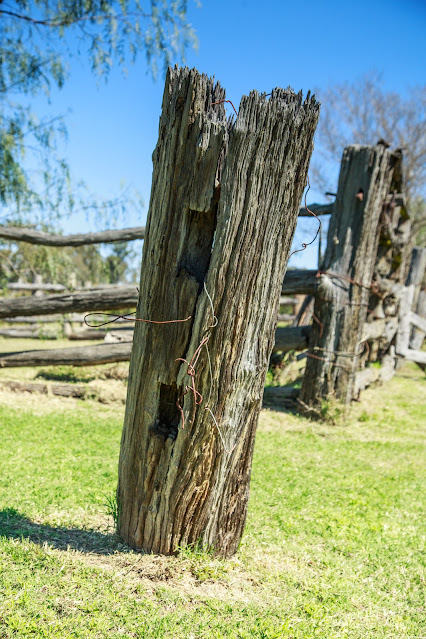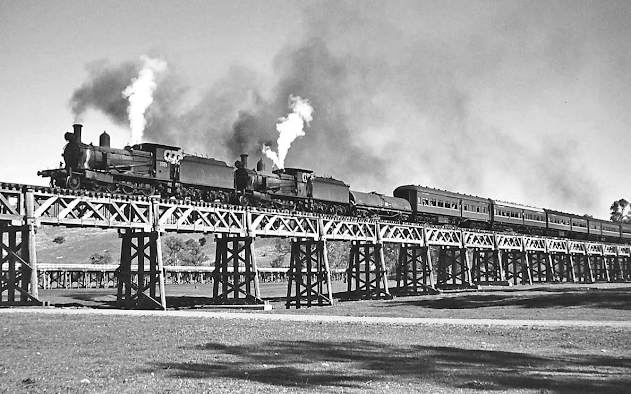20220808 Qld Chinchilla to Boondooma Homestead
We didn't stay long in Chinchilla, we just got our supplies and left for the Round Water Hole Rest Area for the night about 10 minutes from town. We had a quite night sitting around the lake until it got too cold so we retired to the van and the warm comfort of our bed. Our next camp we decided to check out the Boondooma Homestead, just a 116klm up the road so I might as well sit back and take in the scenery. We crossed over into the South Burnett Region just after 10ish, a peanut growing and wine-producing area on the Great Dividing Range, north of the Darling Downs, in Queensland and is within the basin of the Burnett River.
Des takes the opportunity to feed one of the locals that waddled over expecting a treat, Des was happy to share our bread with him, then he shits right in front of the van, the duck, not Des.😏
The Boondooma Station was settled in 1846 by three young Scotsmen, the homestead was built from the 1850s to the 1870s and today the outbuildings are still in their original location.
The homestead is one of the few remaining elegant wooden homes built 1854-55, these homes were built to last and is still in great condition, but the wind coming through these old boards would have been, mighty chilly.
The kitchen, all that’s
missing is the old wood stove that I'm sure is some ware on the grounds.
Construction of the homestead ironbark slabs were Pitt sawn (a method of sawing logs or timbers, as into boards, in which the piece to be cut is laid horizontally across a pit and cut by a saw.) near the stone
quarry on Boondooma Creek.
These historic homes wouldn't be complete without a fire place to keep out those winter chills but I found the carving from that era impressive.
This tree was planted on the 3rd September 1939 by Eddie Thompson, returning home he was just in time to hear Robert Menzies, Australian's Prime Minister of the day, announcing on the valve wireless, that WW11 had been declared with Germany.
Brownie’s Hut is said to be one of the original shepherd’s huts as shown on the 1861 survey and also in a pre-1918 photo.
The Brownie’s Hut interior, there is a bedroom attached but this was how the living quarters were for the workers in the 1800s.
Place some wood under the copper pot and you have an instance washing machine, grate some sunlight soap into the water and mix it around with a long stick, not only do your cloths smell nice but they are white and soft, that's how I remember my Mother doing the washing.
Gramophone Columbia Viva-Tonal n.100 vintage 1932 and very rare, and no, I don't remember Mum having one of these.
Carved out logs were what was once used as water troughs, man-made to provide drinking water to livestock on farms or ranches. They were very common in many towns and cities as a means for horses to drink while they were tethered to a post.
Tucked away in the protection of the shed are these old wagons that are still in great working order and I'm sure come out on special occasions.
Constructed of roughly coursed random stone, it was built by a German stonemason in 1854 and 1858. It once had a shingle roof which was replaced by corrugated iron in the 1870s. Believed to be one of Australia’s earliest structures built to metric measurements, it is an important relic from early European settlement.
The Stone Store was built to store and dispense supplies to the Station workers, and later to local settlers until 1922.
Mallets were used by most craftsmen for hammering in dowels and other fixings, from boat building to furniture making. They were also used in conjunction with chisels to produce the fine raised and sunk relief scenes and inscriptions in tombs and temples, but Des thinks it was used to open up kegs.
The term cattle dipping means, immersion of cattle in a solutions of various chemical for the purpose of destroying parasites which infest their skin.
Tick's like this could kill a cow in a few months if not treated.
This 1940's hut was the home of well-known stockman camped in huts like this for a number of years, sometimes up to a month at a time while managing the property.
I know someone back home who would love to get his hands on these old relic's, Les Cazneau has quite a collection to also be proud of.
The door lock in the dunnies, just lift the door latch and you are free to leave, so clever.
Tallow Pot, cast in Falkirk, Scotland, in the 1850s, in those days the prise of sheep was set by the prise of Tallow (animal fat) and the amount of tallow obtained from a sheep.
There are some great props scatted around the grounds and I'm making the most of them.
THE END

.jpg)










.jpeg)


.jpg)











Comments
Post a Comment